Natural Disasters 10Th Edition Patrick Leon Abbott -Test Bank
Chapter 04 Test Bank: Plate Tectonics and Earthquakes KEY
Multiple Choice Questions
1. The slide-past motions of long transform faults occur in all but which of the following?
A. In the northeastern Pacific as the Queen Charlotte fault, located near a sparsely populated region of Canada.
B. Along the San Andreas Fault in California with its famous earthquakes.
C. At the southwestern edge of the Pacific Ocean where the Alpine fault cuts across the South Island of New Zealand.
D. Where the Indian subcontinent touches Asia.
Accessibility: Keyboard Navigation
Bloom’s Level: 1. Remember
Chapter: 04
Gradable: automatic
Section: Tectonic-Plate Edges and Earthquakes
Topic: Tectonic-Plate Edges and Earthquakes
2. The Pacific Plate subducts along _________ edges and creates enormous earthquakes, such as the 1923 Tokyo seism.
A. its southern and eastern
B. its northern and eastern
C. its southern and western
D. its northern and western
Accessibility: Keyboard Navigation
Bloom’s Level: 1. Remember
Chapter: 04
Gradable: automatic
Section: Tectonic-Plate Edges and Earthquakes
Topic: Tectonic-Plate Edges and Earthquakes
3. The greatest earthquakes in the world occur _____________.
A. where plates collide with each other
B. where plates separate from one another
C. where plates slide past each other
D. in the interiors of individual plates
Accessibility: Keyboard Navigation
Bloom’s Level: 1. Remember
Chapter: 04
Gradable: automatic
Section: Tectonic-Plate Edges and Earthquakes
Topic: Tectonic-Plate Edges and Earthquakes
4. Shallow subduction zone earthquakes occur __________________.
A in the upper portion of the down-going plate
B. at the bend in the subducting plate
C. in the overriding plate
D. All of these are correct
E. None of these are correct
Accessibility: Keyboard Navigation
Bloom’s Level: 1. Remember
Chapter: 04
Gradable: automatic
Section: Subduction-Zone Earthquakes
Topic: Subduction-Zone Earthquakes
5. The Dead Sea and the Sea of Galilee __________________.
A. are pull-apart basins over hot spots
B. are compressional basins and are the result of subduction
C. are compressional basins and the result of strike-slip motion
D. are pull-apart basins and the result of strike-slip motion
E. are pull-apart basins and the result of subduction
Accessibility: Keyboard Navigation
Bloom’s Level: 1. Remember
Chapter: 04
Gradable: automatic
Section: The Arabian Plate
Topic: The Arabian Plate
6. Three basic classes of collisions include all but which of the following?
A. Oceanic plate versus oceanic plate
B. Oceanic plate versus continent-bearing plate
C. Continental plate versus continental plate
D. Continental plate versus mantle plate
Accessibility: Keyboard Navigation
Bloom’s Level: 1. Remember
Chapter: 04
Gradable: automatic
Section: Convergent Zones and Earthquakes
Topic: Convergent Zones and Earthquakes
7. Which of the following is not a divergent margin?
A. East African Rift
B. Mid-Atlantic Ridge
C. Aleutian Island Arc
D. East Pacific Rise
E. Juan de Fuca Ridge
Accessibility: Keyboard Navigation
Bloom’s Level: 1. Remember
Chapter: 04
Gradable: automatic
Section: Spreading-Center Earthquakes
Topic: Spreading-Center Earthquakes
8. Which of the following does not have a significant convergent margin?
A. Kamchatka
B. Australian Plate
C. South American Andes
D. Caribbean Plate
E. African Plate
Accessibility: Keyboard Navigation
Bloom’s Level: 1. Remember
Chapter: 04
Gradable: automatic
Section: Convergent Zones and Earthquakes
Topic: Convergent Zones and Earthquakes
9. Most earthquakes are explainable using __________.
A. Maxwell’s equations
B. the seismic-gap method
C. plate-tectonics theory
D. the law of superposition
E. the law of lateral seisms
Accessibility: Keyboard Navigation
Bloom’s Level: 1. Remember
Chapter: 04
Gradable: automatic
Section: Tectonic-Plate Edges and Earthquakes
Topic: Tectonic-Plate Edges and Earthquakes
10. __________ are the down-dropped areas in the middle of spreading-center domes that are being pulled apart.
A. Rift valleys
B. Horsts
C. Junctions
D. Gap holes
E. Escape basins
Accessibility: Keyboard Navigation
Bloom’s Level: 1. Remember
Chapter: 04
Gradable: automatic
Section: Spreading-Center Earthquakes
Topic: Spreading-Center Earthquakes
11. A triple junction is the point where __________.
A. nine or more faults terminate
B. three seismic gaps exist along the same fault
C. latitude, longitude, and elevation data indicate where a hypocenter is located
D. three tectonic plates touch
E. an earthquake cluster is centered
Accessibility: Keyboard Navigation
Bloom’s Level: 1. Remember
Chapter: 04
Gradable: automatic
Section: Spreading-Center Earthquakes
Topic: Spreading-Center Earthquakes
12. Which of the following correctly states the order in which a continental area is transformed into an ocean basin as a spreading center forms?
A. Centering, doming, rifting, and finally spreading
B. Doming, centering, spreading, and finally rifting
C. Spreading, rifting, doming, and finally centering
D. Rifting, doming, spreading, and finally centering
Accessibility: Keyboard Navigation
Bloom’s Level: 1. Remember
Chapter: 04
Gradable: automatic
Section: Spreading-Center Earthquakes
Topic: Spreading-Center Earthquakes
13. The seismic-gap method of earthquake forecasting works by identifying __________.
A. segments along a fault that not moved for the longest amount of time
B. where along a fault the largest amount of horizontal displacement has occurred
C. where along a fault the largest amount of vertical displacement has occurred
D. triple junctions and predicting where rift valleys will form in pull-apart gaps
E. where hypocenters and epicenters are separated by the smallest vertical distance
Accessibility: Keyboard Navigation
Bloom’s Level: 2. Understand
Chapter: 04
Gradable: automatic
Section: Subduction-Zone Earthquakes
Topic: Subduction-Zone Earthquakes

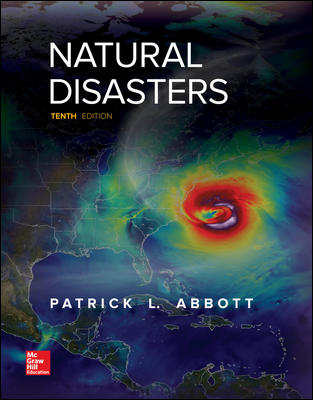




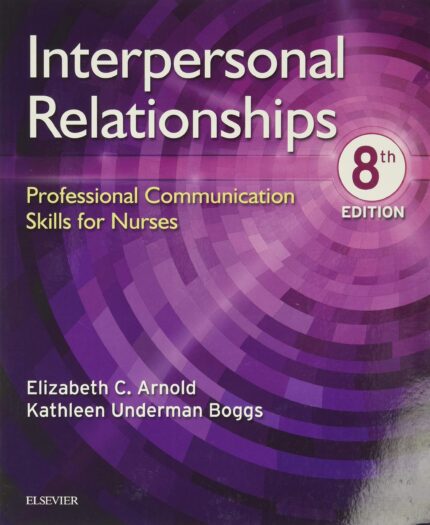
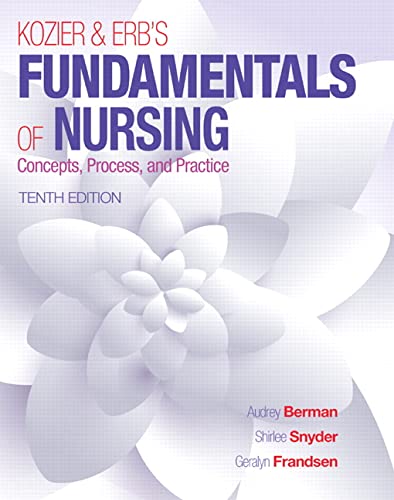

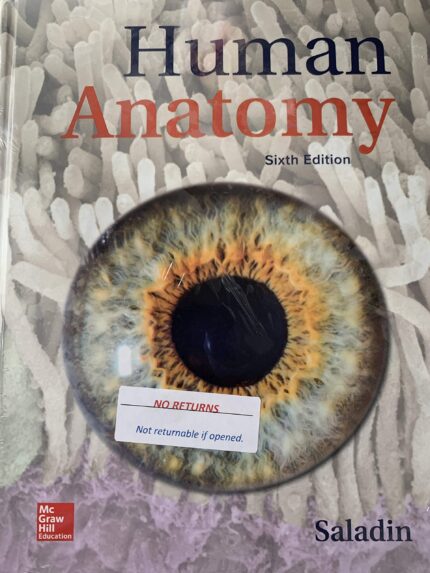

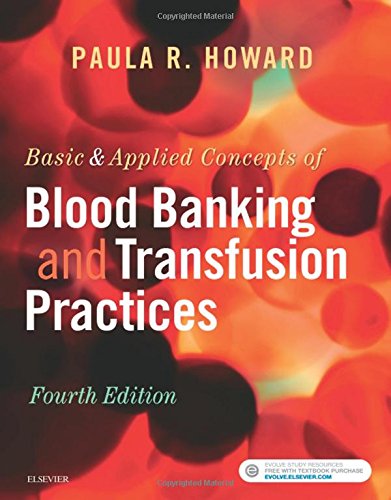
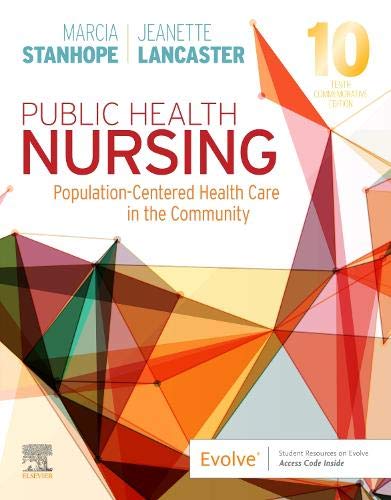
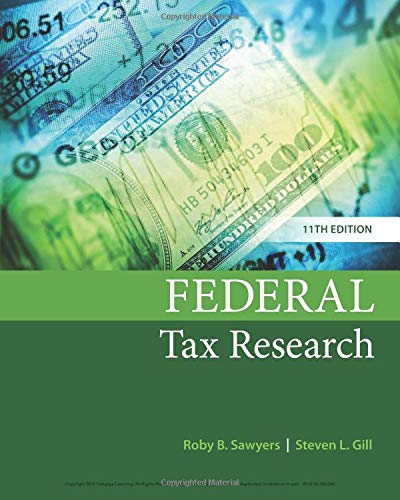
Reviews
There are no reviews yet.